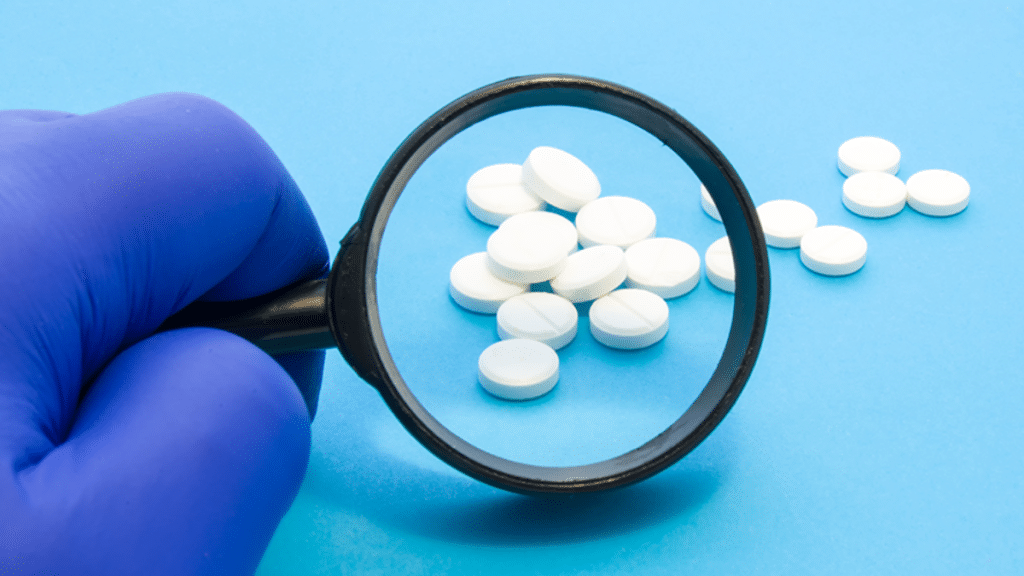As you ponder the complexities of compliance in the pharmaceutical industry, one question arises: How can Rocket Brands effectively navigate the ever-changing landscape of regulatory requirements while ensuring patient safety and product quality?
The answer lies in a holistic approach that combines proactive monitoring, technology integration, and thorough compliance strategies.
By delving into these key elements, pharmaceutical companies can not only meet regulatory standards but also establish themselves as trusted entities in the eyes of patients and stakeholders.
Regulatory Compliance Landscape Overview
Mastering the intricate regulatory compliance landscape in the pharmaceutical industry demands a meticulous understanding of the ever-evolving requirements and standards set forth by governing bodies. Keeping abreast of regulatory changes is crucial to guarantee adherence to guidelines that safeguard patient well-being and product quality.
It’s essential to maintain a proactive approach by continuously monitoring updates from regulatory authorities and adjusting processes accordingly. By staying informed and responsive to shifts in compliance mandates, you can mitigate risks, uphold industry best practices, and demonstrate a commitment to excellence in pharmaceutical supply chain management.
Embracing a compliance-driven mindset not only fosters operational efficiency but also reinforces trust among stakeholders in the industry’s dedication to maintaining high standards of safety and efficacy.
Key Compliance Requirements and Guidelines
Mastering the pharmaceutical industry’s essential compliance requirements and guidelines necessitates a thorough comprehension of the regulatory landscape and a proactive approach to guarantee adherence and uphold patient safety and product quality standards.
Understanding the Drug Supply Chain Security Act (DSCSA) is vital, as it mandates tracking prescription drugs in the supply chain and requires real-time tracking technologies for end-to-end visibility. Additionally, compliance with FDA 21 CFR Part 11, focusing on electronic records and signatures, is essential for maintaining data integrity.
Pharmaceutical companies must adhere to set regulations to uphold compliance, with the DSCSA compliance deadline set for November 27, 2023. By following these key compliance requirements and guidelines, companies can navigate the regulatory landscape effectively and safeguard patient safety and medication efficacy.
Navigating Supply Chain Operational Complexities
To effectively navigate the operational complexities of the pharmaceutical supply chain, understanding the intricacies of each stage and participant is essential for ensuring compliance and maintaining patient safety.
The supply chain involves various stakeholders, including drug manufacturers, packaging companies, wholesale distributors, healthcare providers, and pharmacists. Each stage, from sourcing raw materials to delivering medications to patients, presents unique challenges such as temperature fluctuations and limited visibility.
Adherence to Good Manufacturing Practices (GMPs) and Good Distribution Practices (GDPs) is vital for ensuring product quality and patient safety throughout the supply chain process.
Implementing Track and Trace Technologies
Understanding the intricacies of track and trace technologies is pivotal for enhancing pharmaceutical supply chain compliance and ensuring seamless product traceability. Implementing track and trace solutions involves utilizing technologies like barcodes, RFID tags, and serialization to monitor the movement of pharmaceuticals through the supply chain.
These technologies enable real-time tracking of products, ensuring visibility and transparency at every stage. By implementing track and trace technologies, pharmaceutical companies can comply with regulatory requirements, such as the Drug Supply Chain Security Act (DSCSA), and mitigate risks associated with counterfeit drugs and product diversion.
Leveraging these solutions not only enhances compliance but also improves overall supply chain efficiency and patient safety.
Strategies for Ensuring End-to-End Compliance
For enhancing pharmaceutical supply chain compliance and ensuring seamless product traceability, utilizing thorough tracking and monitoring strategies is essential. Implementing robust systems that track each step of the supply chain, from sourcing raw materials to delivering medications to patients, is vital.
Real-time monitoring and temperature control technologies play a significant role in maintaining compliance with regulations like DSCSA and FDA 21 CFR Part 11. Ensuring data integrity and end-to-end visibility through track and trace solutions is critical for meeting compliance requirements and building patient trust.
Conclusion
To wrap up, staying ahead of regulatory changes in the pharmaceutical industry is essential for maintaining compliance and ensuring patient safety.
By proactively monitoring requirements, implementing track and trace technologies, and developing end-to-end compliance strategies, organizations can navigate the complexities of the supply chain with efficiency and transparency.
Prioritizing compliance not only mitigates risks but also builds trust with patients and stakeholders, ultimately leading to a more secure and reliable pharmaceutical ecosystem.

